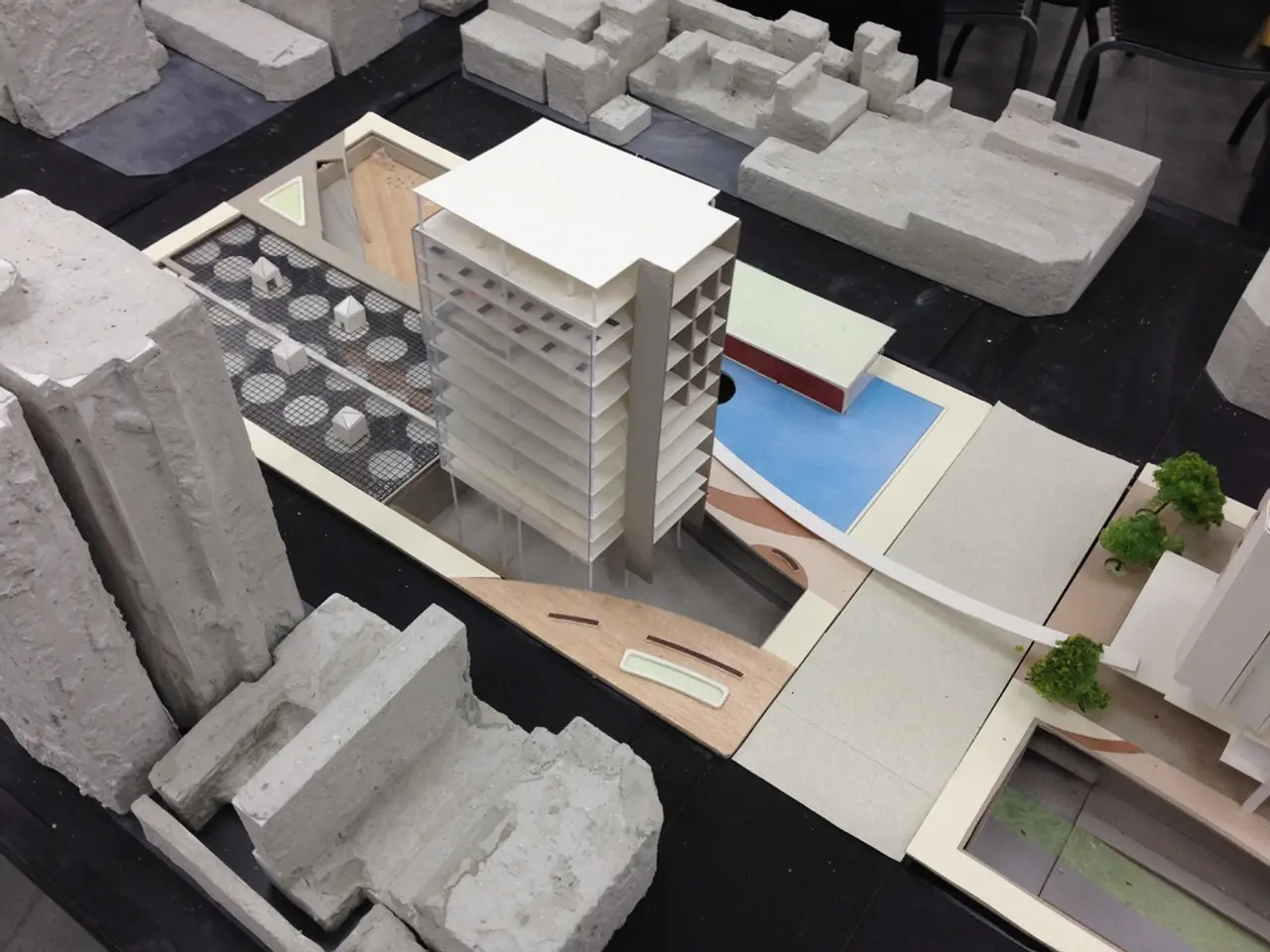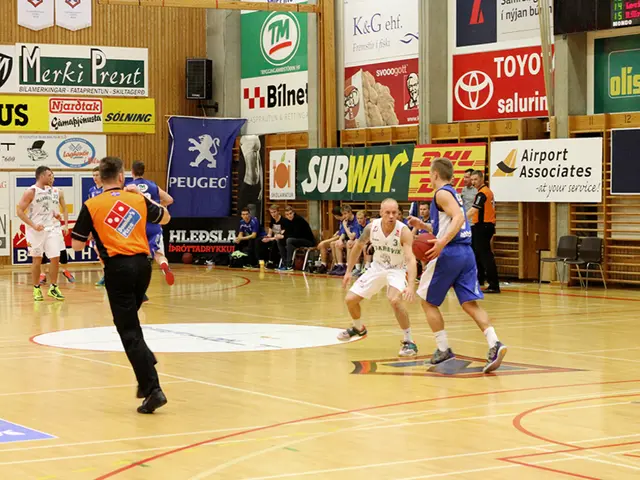Initiatives saturate, advocating build-transfer scheme
Since the enactment of Law No.57/2024/QH15, Ho Chi Minh City has seen a surge in infrastructure development projects under the Build-Transfer (BT) model or similar public-private partnership (PPP) structures.
One of the most significant projects in the pipeline is a USD 2.48 billion metro line linking Ho Chi Minh City with Long Thanh International Airport. This PPP project, using a build-transfer (BT) contract, is fully financed by private capital and is expected to extend Metro Line 1. The consortium led by DonaCoop and VinaCapital will manage design and construction, while the government handles land clearance.
Other large projects in the city involve public-private partnerships but primarily under Build-Operate-Transfer (BOT) models or PPP without explicit BT terms mentioned. For instance, the HCMC-Moc Bai Expressway, valued at about $750 million, is under a Build-Operate-Transfer (BOT) model.
A toll road expansion project valued at approximately $1.5 billion is being developed with strong private sector involvement under a PPP structure, although details specify Build-Operate-Transfer style operations.
Ho Chi Minh City has also announced plans to develop infrastructure along the Saigon River towards the East Sea. The proposed road would feature 8-10 traffic lanes and a metro or tramway system. Sun Group has submitted a proposal to study and invest in this 40km road under the BT model, with payment in the form of approximately 4,100 hectares of land along the river corridor.
The BT model is not limited to transportation projects. Ho Chi Minh City Infrastructure Investment JSC (CII) has proposed to become the main investor in dredging canals, excavating a central lake, and constructing four bridges within the functional zones of Thu Thiem New Urban Area. CII proposes separating these works into a standalone project under the public-private partnership (PPP) model, using the new BT contract mechanism, and receiving compensation either through land or cash.
The recent surge in BT proposals follows the enactment of Law No.57/2024/QH15, which amends several key pieces of legislation on planning, investment, public procurement, and more. This law clarifies compensation mechanisms for BT contracts, allowing payment in either land or state budget funds, helping to remove long-standing bottlenecks that have left many initiatives in limbo.
However, not all projects have progressed smoothly. The tidal flood control project in Ho Chi Minh City, originally launched in 2016 with a cost of around $400 million, has been suspended since 2020 due to unresolved issues regarding land payment, revisions to technical documentation, and BT contract terms. Specifically for this project, the city is permitted to repay the investor through land allocation. If the land value is lower than the value of the BT venture, after reviewing and excluding unreasonable costs, the remaining difference will be paid in cash using Ho Chi Minh City's public investment capital.
According to Dr. Do Thien Anh Tuan, a public policy lecturer at Fulbright University Vietnam, the government's move to enable PPP investment through BT contracts is a step in the right direction for attracting private capital into infrastructure development, given limited public funding.
Other companies, such as Trung Nam Group and Masterise Group, have also expressed interest in developing infrastructure projects under the BT model. The Vietnam International Logistics Exhibition 2025 (VILOG 2025) is set to take place from July 31 to August 2 in Ho Chi Minh City, where more details about these projects may be revealed.
In conclusion, the BT model is becoming an increasingly popular approach for infrastructure development in Ho Chi Minh City, offering a solution to the city's growing infrastructure needs while attracting private investment.
- The proposed infrastructure development along the Saigon River towards the East Sea will be undertaken under the Build-Transfer (BT) model, with Sun Group submitting a proposal to study and invest in this 40km road.
- The expansion of the toll road is also being developed through a Public-Private Partnership (PPP) structure, though details indicate the use of a Build-Operate-Transfer (BOT) style operations.







